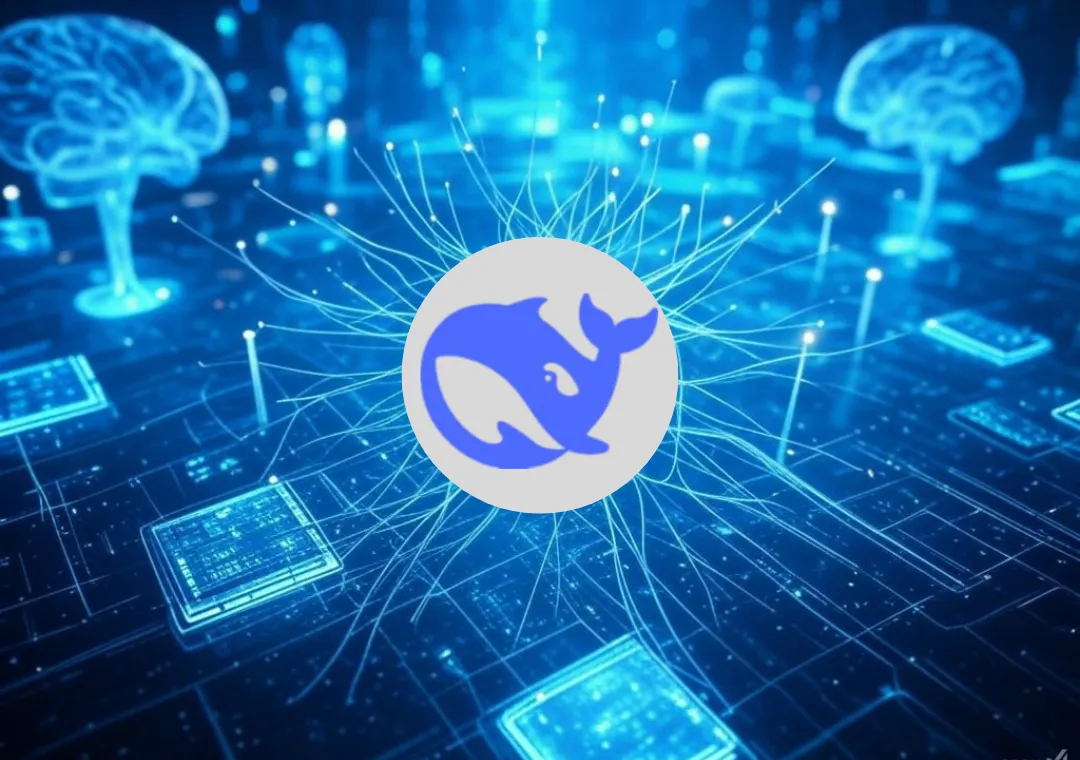
Alright folks, you've probably seen the buzz on X and heard whispers in tech circles - there's a new AI kid on the block, and it's called DeepSeek. Let's dive into what's making everyone talk about this AI startup from China, shall we?
First off, DeepSeek isn't just another AI model; it's shaking things up. Launched by a company that's not your typical tech giant but a hedge fund named High-Flyer, DeepSeek has caught the world's attention by doing what many thought was impossible - creating a top-tier AI model on a budget. We're talking about developing high-quality AI with less than you'd spend on a fancy coffee machine at Silicon Valley prices.
What's the Big Deal?
- Performance: DeepSeek's latest models, like DeepSeek-V3 and DeepSeek-R1, are not just competing; they're matching or even surpassing some of the best from the likes of OpenAI and Meta. This isn't just about being good; it's about being cost-effective, with claims that they're 20 to 50 times cheaper to run than competitors.
- Open Source: Here's where it gets really interesting. DeepSeek isn't keeping its tech under wraps. They've gone open-source, which means researchers and developers worldwide can tinker with it, build on it, or use it for their projects. This has earned them a lot of respect and opened up a whole new playground for AI innovation.
- Innovation Over Hardware: With U.S. export controls limiting access to the latest chips, DeepSeek has had to get creative. They've developed new architectures like Multi-head Latent Attention (MLA) and Mixture-of-Experts (MoE) that make their models more efficient, requiring less computing power to achieve high performance.
The Market Reaction:
You wouldn't believe the stir this has caused. Nvidia's stock took a nosedive like it was trying to reach the bottom of the Mariana Trench because DeepSeek showed it's possible to do cutting-edge AI without the latest, most expensive chips. This has investors questioning the billions being poured into AI development - if DeepSeek can do it cheaper, what does that mean for everyone else?
The Good:
- Democratization of AI: By making their models accessible and affordable, DeepSeek is potentially leveling the playing field, allowing smaller players or even individual developers to get involved in high-level AI work.
- Innovation: Their approach has forced a reevaluation of how AI models are built, potentially leading to more efficient, less resource-intensive methods across the industry.
- Global Collaboration: Open-sourcing their work could foster an unprecedented level of global cooperation in AI research.
The Concerns:
- Security and Ethics: Being a Chinese company, there's always the question of data security, government influence, and ethical AI use. Will DeepSeek's models have the same restrictions or biases we've seen in other AI from China?
- Market Disruption: While it's good for consumers and developers, this could disrupt established players, leading to layoffs, rushed product releases, or even a price war that might not be sustainable for everyone.
- Dependence on U.S. Tech: Despite their innovations, DeepSeek still uses Nvidia chips, which are subject to U.S. export controls. What happens if access tightens further?
So, what's the final verdict on DeepSeek? It's too early to say, but one thing's for sure - they've thrown a massive wrench into the AI development machine. Whether this leads to a new era of AI where efficiency and openness trump sheer computational power remains to be seen. But for now, DeepSeek is the name on everyone's lips, and the AI world better buckle up because things are about to get interesting.
What do you think? Is DeepSeek the future of AI, or just a flash in the pan? Drop your thoughts below, and let's keep this conversation going. Remember, in the world of AI, the only constant is change. Catch you in the next update!